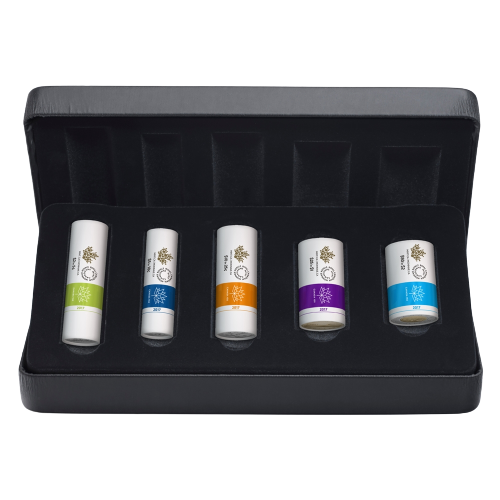
Coin roll hunting is a great way to learn about history, culture, and economics. It can also be a great way to meet new people and make friends. There are also many Canadian coin rolls you can buy online from the comfort of your own home.
What is Coin Roll Hunting and How Does it Work?
Coin roll hunting is the activity of searching through rolls of coins, typically from banks, for coins that are rare or valuable. Coin roll hunters may be looking for coins that are older, have a different mint mark, or are in better condition than normal.
One way that coin roll hunters like to search is by purchasing
rolls of coins from the bank. You can usually buy rolls of nickels, dimes, and quarters. Once you have your rolls of coins, you will need to open them and inspect the coins inside. If you find any coins that are rare or valuable, you can keep them for your collection or sell them to a coin dealer.
Keep in mind that coin roll hunting is not as popular as it was in the past. This is because banks are now more likely to remove rare or valuable coins from circulation before rolling them. Still, the Royal Canadian Mint regularly releases commemorative coin rolls for collectors and enthusiasts. Colonial Acres offers three types of coin rolls available for purchase; continue reading to learn more about each one.

Three Main Types of Canada Coin Rolls
The three main types of coin rolls in Canada are original wrap rolls, special wrap rolls, and non-original rolls.
Original Wrap Rolls
Rolls of unopened coins, the way the Mint originally packaged them. Canadian coin roll value estimates range from a few dollars to several thousand, depending on their age, condition, and rarity.
Special Wrap Rolls
Type of coin roll that features a distinct paper wrapping that differs from the standard packaging and is uniquely branded by the Royal Canadian Mint. Occasionally, the RCM creates commemorative circulation coins to honour remarkable Canadian accomplishments or events, which are sold in specially branded rolls that correspond to the design.
Non-original Rolls
Coins that are put together by a bank, business or collector. These rolls could include commonly circulated or commemorative coins, with uniform or mixed dates and conditions.
Canadian Coin Rolls Dating Back to the 1960s
The 1960s were a time of great change for Canada. The country was moving away from a reliance on agriculture and towards a more industrialized economy. This shift had an impact on the Canadian coinage system. The demise of silver currency coins was evident during this time and it wasn't limited to Canada alone; numerous nations worldwide transitioned to nickel or copper-nickel coins.
The Royal Canadian Mint introduced nickel coins in place of the previous silver versions in the late 1960s. The imagery was almost unchanged, but the 50-cent and dollar coins notably shrunk in diameter.


In 1967,
Canada celebrated its centennial with a series of commemorative coins. These coins were very popular with collectors and helped to spark a renewed interest in coin collecting.
Later, 1987 saw the introduction of the loonie, with a different design, shape, and colour from previous dollar coins. 1996 saw the advent of the toonie, the first bimetallic coin in Canadian history. These coins were very popular with the public and quickly became a symbol of Canada.
In the late 1990s and early 2000s, the composition of the penny changed from bronze to copper-plated zinc or steel. The copper that made up most of the bronze composition was becoming cost-prohibitive. This created an interesting variety in the types of rolls that can be found, especially for 2006, when errors and the introduction of the Mint logo on the coins resulted in six varieties of pennies being created!
Likewise, the 2000s saw the introduction of new materials for the 5-, 10-, 25-, and 50-cent pieces, which now consisted of nickel-plated steel instead of pure nickel or a copper-nickel mix. Mints discovered that steel is not only more cost-effective but also more durable than pure soft nickel.
In 2012 the
loonie and toonie joined the lower denominations in converting to plated steel (with a mix of metals for the two-tone toonie). They also gained new security marks. The loonies are noticeably yellower in colour than before. In 2012 Canadians also bade the penny adieu, due to its prohibitive production cost.
New portraits of Queen Elizabeth II were introduced in 1965, 1990, and 2003, affecting all circulation coins. You can collect both the outgoing and newly introduced effigies on most denominations of coins from 2003.
|

